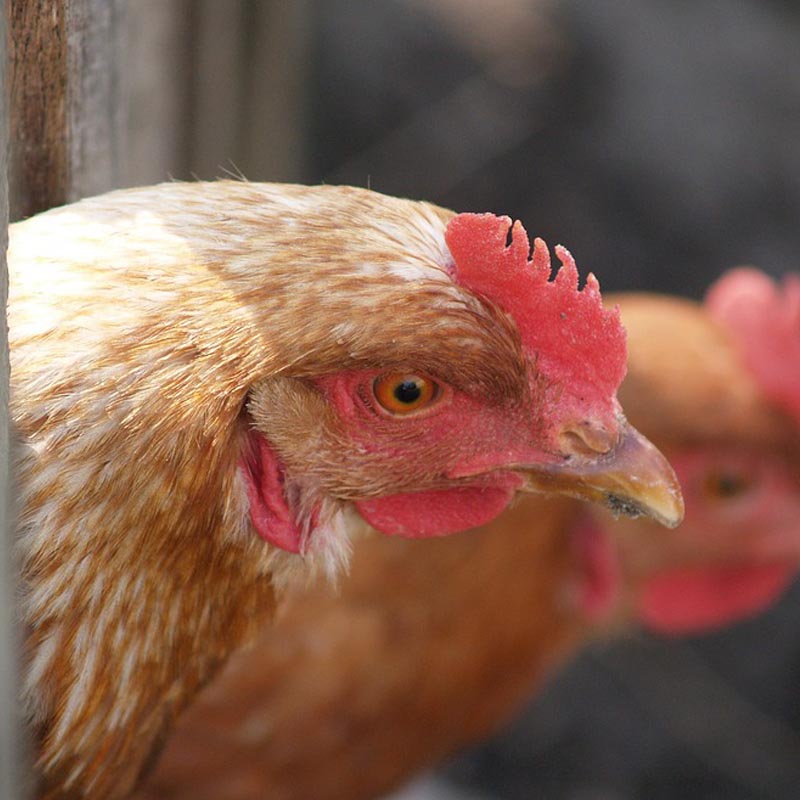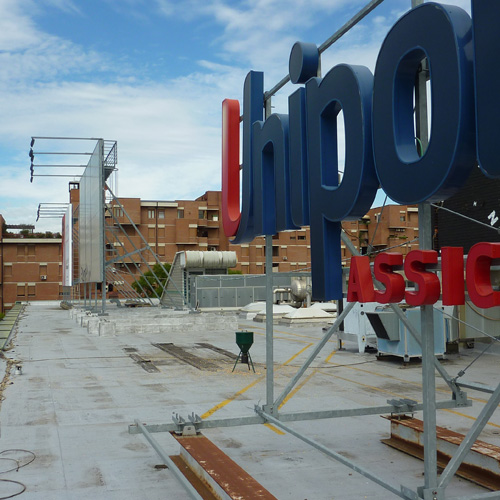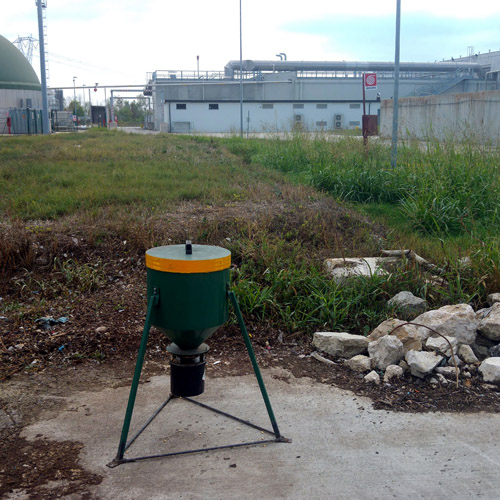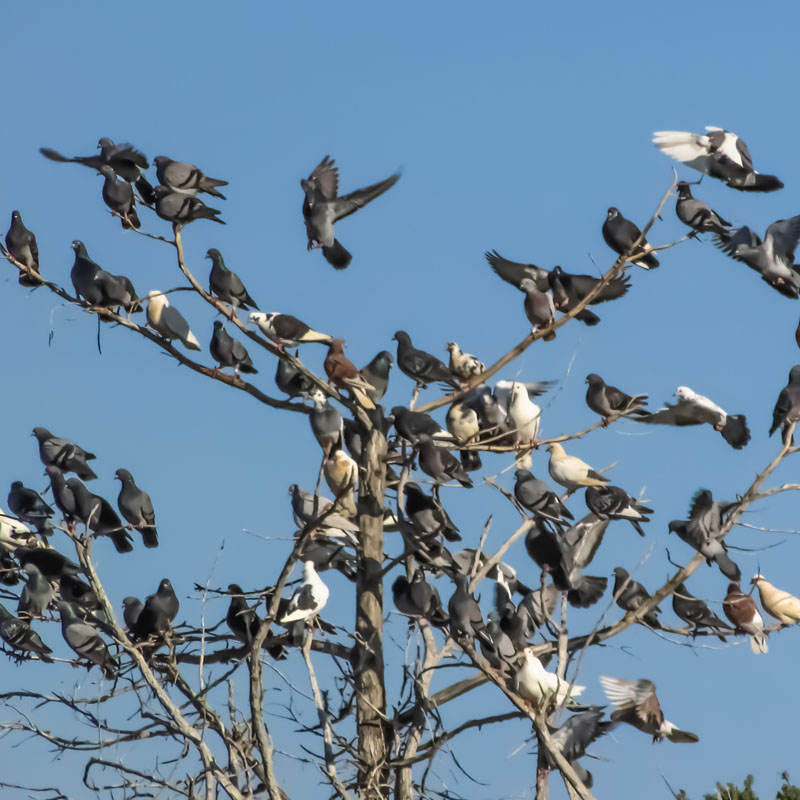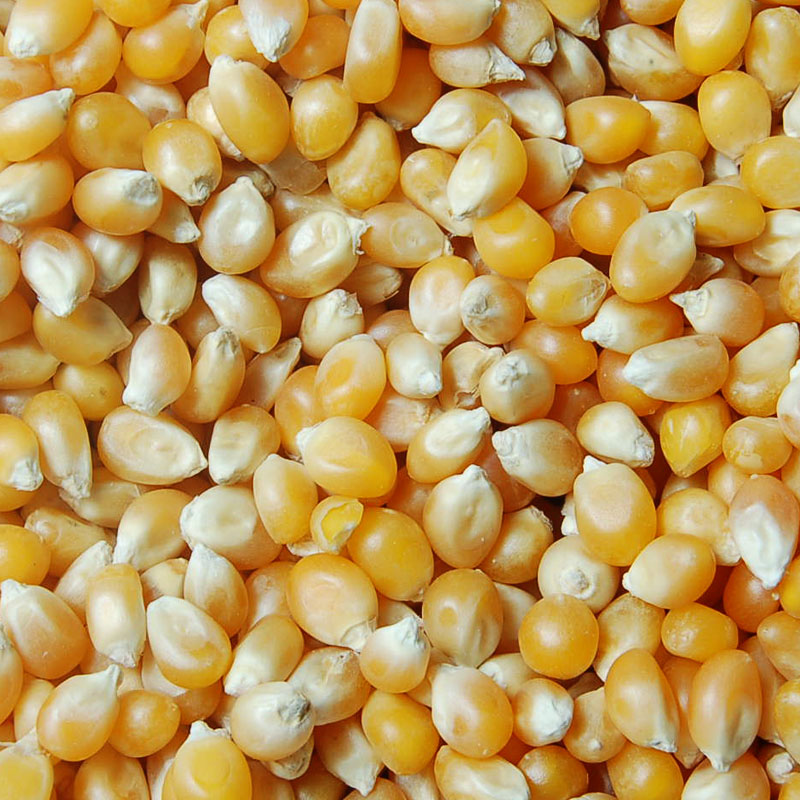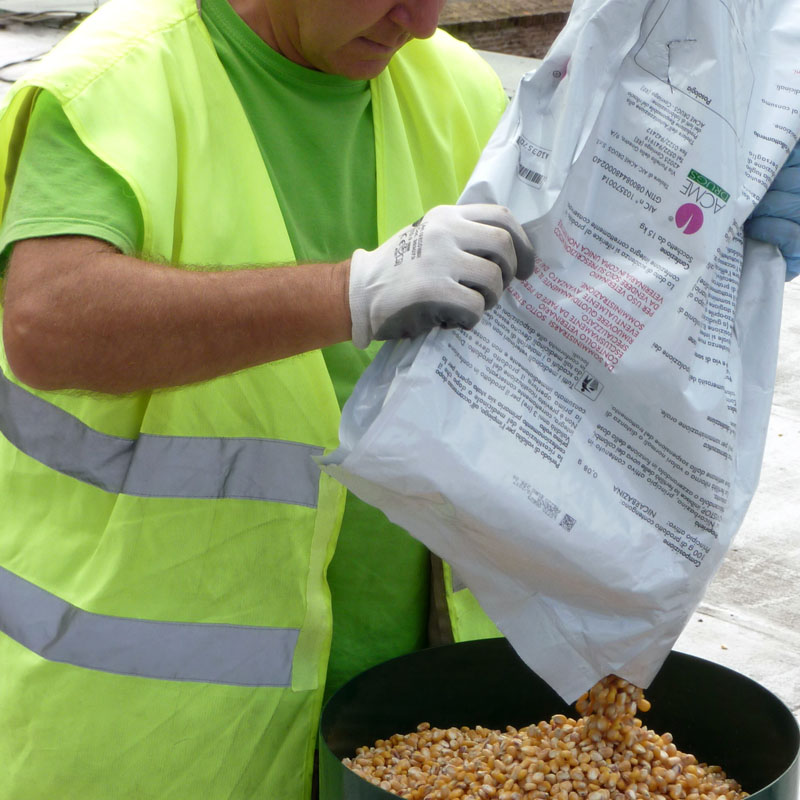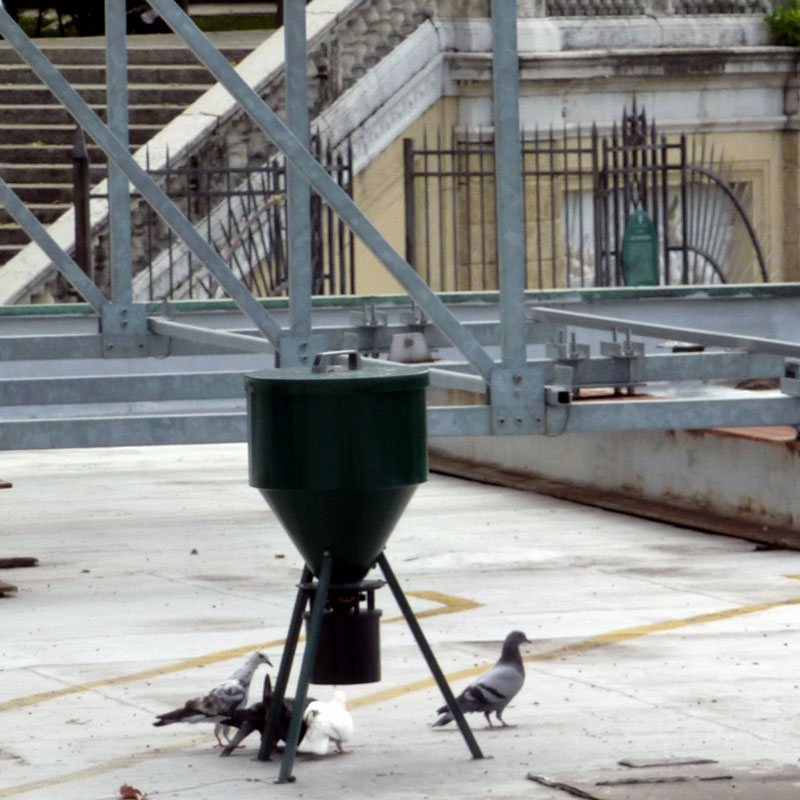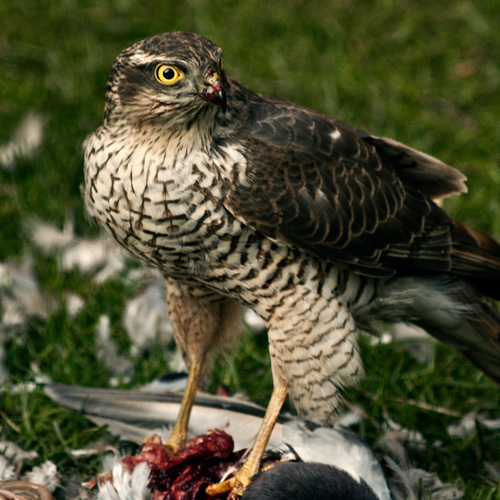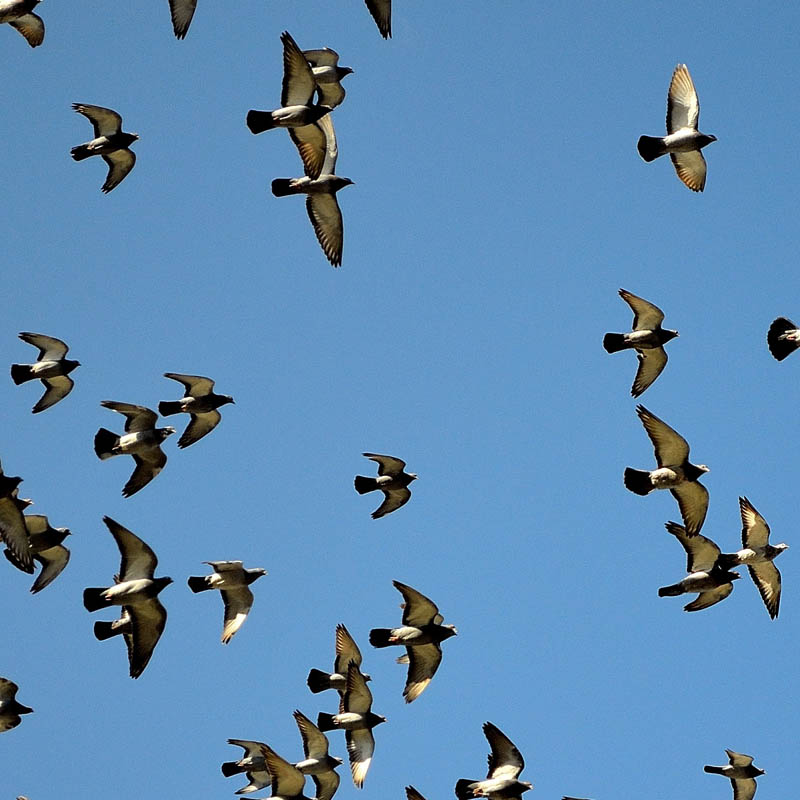No safety concerns
Nicarbazin has a good safety and environmental profile. In addition to the low toxicity, the risk to non-target birds is initially determined by the large size of kernels. In addition, the careful distribution of treated feed, to only those birds present at the time of application, provides a control point in any treatment.
There is no risk to raptors that eat pigeons that have consumed treated maize. When pigeons ingest nicarbazin, they metabolize it rapidly and it breaks down into the two components. When a raptor eats a pigeon treated with nicarbazin, the nicarbazin exists in a dissociated form and is consequently inactive because it cannot be absorbed or the remaining inactive nicarbazin, that could be consumed, is irrelevant due to the scarce amount that remains.
Regarding granivorous species, the size of the maize kernels stops them being ingested by birds of smaller sizes than a pigeon. There is similarly no harm to the health of the pigeons. Clinical tests on pigeons treated with nicarbazin have not shown any adverse side effects nor anatomical or functional modifications with regards to their tissue or organs.


